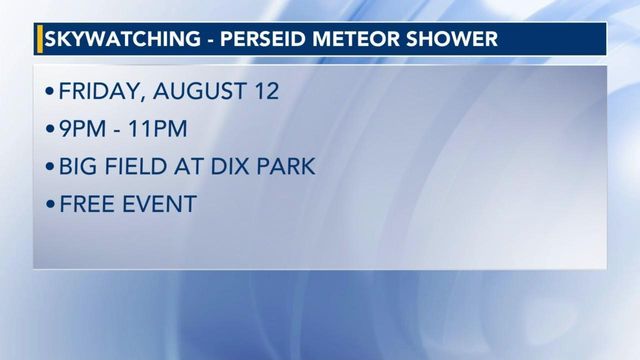Perseids vs. the supermoon
The Perseids are usually among the best meteor showers of the year, but the 2022 edition has its challenges.
The shower begins its peak after sunset on Thursday, August 11, right as the full super moon rises.
The additional moonlight a full Moon brings is bad enough but because this full moon occurs just over a day after the Moon reached perigee, the closest point in its orbit, it will be brighter – about 30% brighter than the full moon at apogee.

Meteor viewing tips
The normal advice of looking in the hours before sunrise won't work as well this year. This is when the radiant, or point in the sky where the meteors appear to be coming from, is at its highest, revealing meteors which were hidden below the horizon.
These early hours are also when the Earth is turning into the debris left behind by comet 109P/Swift-Tuttle when it last passed our part of the solar system in 1992 (we'll see it again in 2125).
This year:
Look once the sky gets dark, around 9-9:30 p.m., but before the Moon has risen too high into the sky, around 11 p.m. to midnight
The sky is expected to be darker Friday night as cloudy conditions Thursday night scatter more moonlight across the sky.
Be patient. Meteors tend to come in bunches. Also give your eyes at least 15 minutes to adjust to the dark.
Join other sky watchers at Dorothea Dix Park, Friday night from 9 - 11 p.m. Staff from the Morehead Planetarium and Science Center along with volunteers from the Raleigh and Chapel Hill astronomy clubs will be there answering questions and sharing their telescopes focused on the Moon and Saturn as well. This is a free event, but organizers do ask that you register.
Next up are October's Orionids then November's Leonids both will be during better quarter moon conditions. The Geminids, the next major meteor shower, also unfortunately occur during a nearly full moon in mid December.











